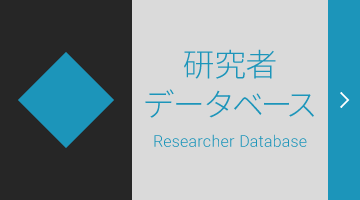| Journal Title /掲載ジャーナル名 |
IEEE Transactions on Image Processing |
| Publication Year and Month /掲載年月 |
January, 2022 |
| Paper Title /論文タイトル |
QA-Filter:A QP-Adaptive Convolutional Neural Network Filter for Video Coding |
| DOI /論文DOI |
10.1109/TIP.2022.3152627 |
| Author of Waseda University /本学の著者 |
SUN, Heming(Junior Researcher, Faculty of Science and Engineering, Waseda Research Institute for Science and Engineering):Corresponding Author |
| Related Websites /関連Web |
– |
| Abstract /抄録 |
Convolutional neural network (CNN)-based filters have achieved great success in video coding. However, in most previous works, individual models were needed for each quantization parameter (QP) band, which is impractical due to limited storage resources. To explore this, our work consists of two parts. First, we propose a frequency and spatial QP-adaptive mechanism (FSQAM), which can be directly applied to the (vanilla) convolution to help any CNN filter handle different quantization noise. From the frequency domain, a FQAM that introduces the quantization step (Qstep) into the convolution is proposed. When the quantization noise increases, the ability of the CNN filter to suppress noise improves. Moreover, SQAM is further designed to compensate for the FQAM from the spatial domain. Second, based on FSQAM, a QP-adaptive CNN filter called QA-Filter that can be used under a wide range of QP is proposed. By factorizing the mixed features to high-frequency and low-frequency parts with the pair of pooling and upsampling operations, the QA-Filter and FQAM can promote each other to obtain better performance. Compared to the H.266/VVC baseline, average 5.25% and 3.84% BD-rate reductions for luma are achieved by QA-Filter with default all-intra (AI) and random-access (RA) configurations, respectively. Additionally, an up to 9.16% BD-rate reduction is achieved on the luma of sequence BasketballDrill. Besides, FSQAM achieves measurably better BD-rate performance compared with the previous QP map method. |






